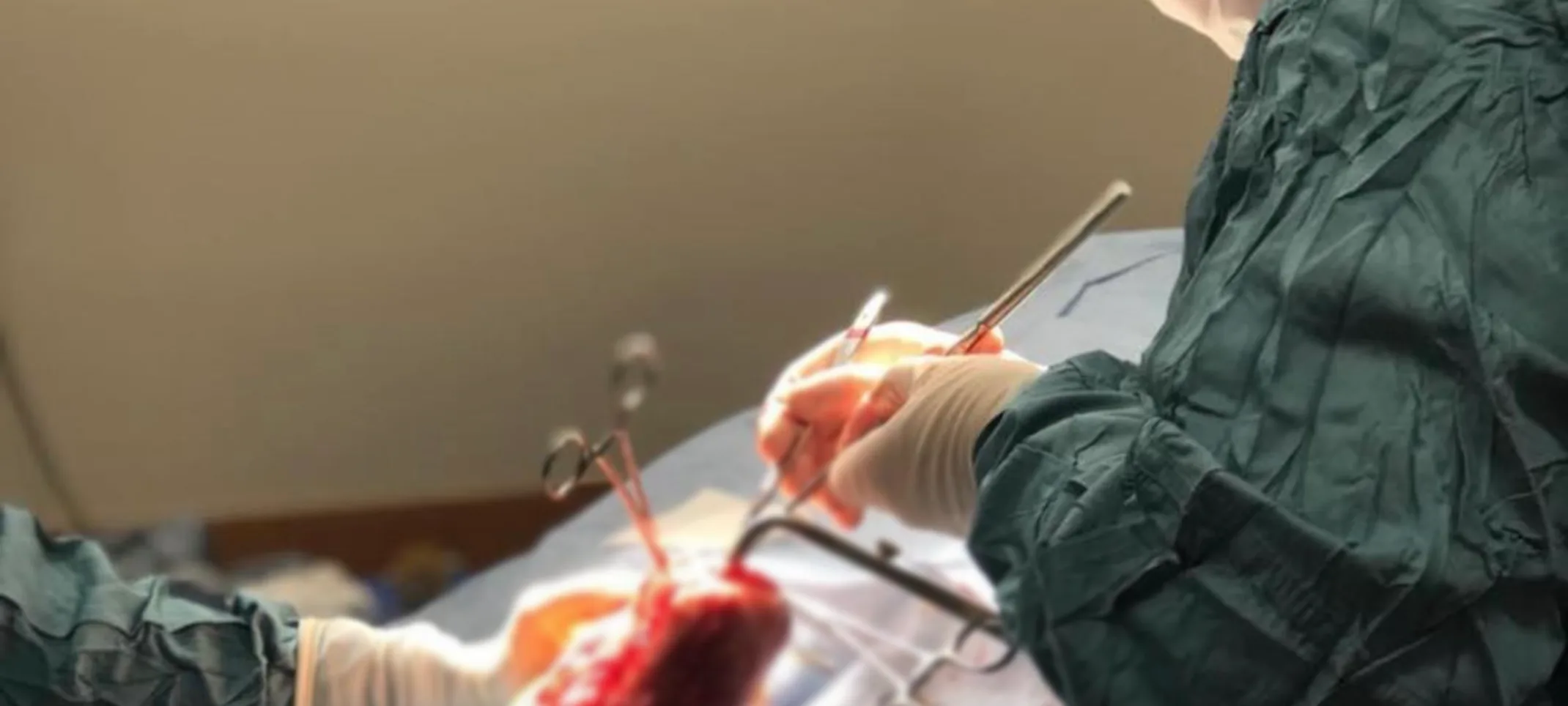Rose Valley Veterinary Hospital
Referral/Orthopedic Surgery
We will take referrals for soft tissues surgeries as well as orthopedic surgeries including fractures, torn ligaments, joint luxation's, a variety of soft tissue traumas, hernias, foreign bodies, mass removals, and more.

Our Dr. Noa takes on a very wide variety of surgical procedures that cover the very vast musculoskeletal scale. She has taken a number of advanced soft tissue and orthopedic surgical courses, and has trained with some of the best surgeons in all of Veterinary medicine, including the specialist that first invented the groundbreaking CBLO orthopedic surgery. Because of her advanced training and experience we are able to take referrals for soft tissues surgeries as well as orthopedic surgeries including fractures, torn ligaments, joint luxation’s, a variety of soft tissue traumas, hernias, foreign bodies, mass removals, and more. For more information on each of these procedures please continue reading a brief description of each below.
Overview
Orthopedic surgery treats bones, joints, ligaments, and muscles—areas in which your pet may feel pain in from a variety of conditions. If veterinary orthopedic surgery is recommended for your pet, we will do everything possible to keep them safe and comfortable before, during, and after the surgery.
Why would my pet need orthopedic surgery?
Orthopedic surgery can help animals who suffer from joint problems, torn ligaments, broken bones, and can even help correct congenital problems. Most orthopedic surgery is focused around the cranial cruciate ligament (CCL), sometimes referred to as the Anterior Cruciate Ligament (ACL).
When should I seek orthopedic care for my pet?
Pay attention to the way your pet is moving around, any unusual changes may mean they have an orthopedic condition.
Typical symptoms of an orthopedic disorder include difficulty getting up, favoring a leg intermittently when walking, limping - swelling in the leg, stiffness or decreased activity level. If you notice any of these problems, you should take your pet to our facility for an examination.
How are typical orthopedic injuries treated?
Centre of Rotation of Angulation(CORA)-Based Levelling Osteotomy (CBLO)
It is a surgical procedure that involves adjusting the tibial plateau (the surface at the top of the shinbone) by cutting the bone with a purpose-made surgical saw, rotating the cut portion, and securing it in a new position with a plate and screws. In dogs, unlike people, the tibial plateau slopes downwards (towards the tail). During normal weight-bearing, the cranial cruciate ligament acts to prevent the shinbone (tibia) from slipping forwards relative to the thighbone (femur). In dogs with cranial cruciate ligament disease, this movement is not resisted, which causes the knee joint to ‘give way’, causing pain and lamene. CBLO surgery works to reduce the slope at the top of the tibia, so when the dog is weight-bearing, the femur rests on the tibial plateau rather than slipping backwards and pushing the tibia forwards. This prevents the sensation of the knee giving way and should remove or reduce the lameness previously seen.
Tibial Plateau Leveling Osteotomy (TPLO)
Tibial plateau leveling osteotomy is used to repair a torn ligament by changing the dynamic of the animal’s knee. The ligament becomes irrelevant to the stability of the knee by counteracting the force that caused the ligament to tear. The reconstructive surgery cuts the tibia bone, rotates it, and becomes held in place with metal plates. This is an extremely effective long-term solution for the injury.
Luxating Patella Surgery
Patellar luxation is a dislocated knee cap and most commonly seen in small breed dogs. Most patellar luxation occurs when the patellar displaces from its normal position to the inside of the knee. Pets with this condition may have an intermittent non-weight bearing lameness and you may even hear a popping noise in their knee. There are many ways to treat this from a simple knee brace for a Grade 1 luxation, to realignment surgery for lower grade luxations. Bring your pet in so we can determine the best way to treat the luxation.
Fracture Repairs
A fracture is a break in the bone or cartilage and can be repaired from simple external splinting to more advanced internal plating. Fractures are typically caused by trauma, a disease or tumor in the bone, or stress applied to a certain bone.
Our veterinarians adhere to the highest level of care standards for all surgical procedures. Our highly skilled doctors place the utmost emphasis on pain management to ensure your pet is safe and comfortable throughout the treatment process. Using advanced technology, your pet's vital signs are monitored by our veterinary technicians, who will remain with your pet through recovery.

